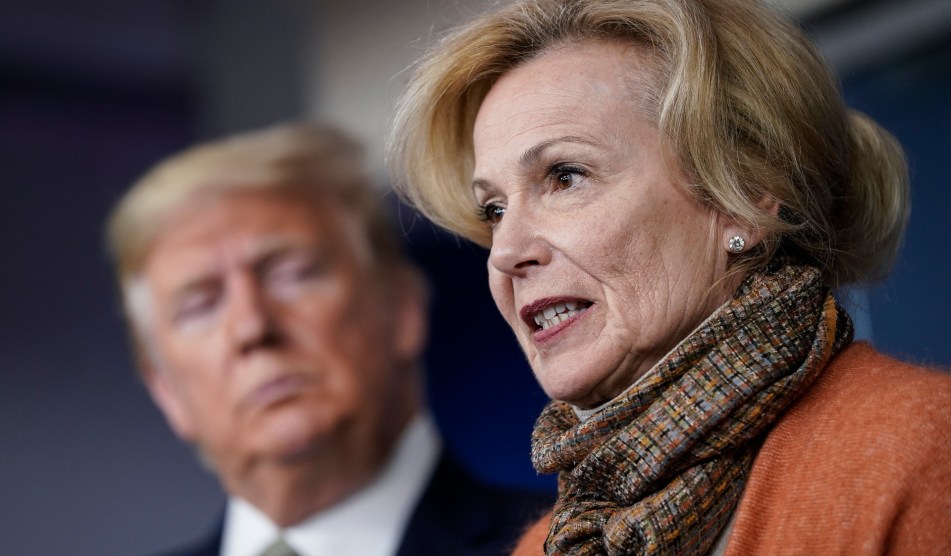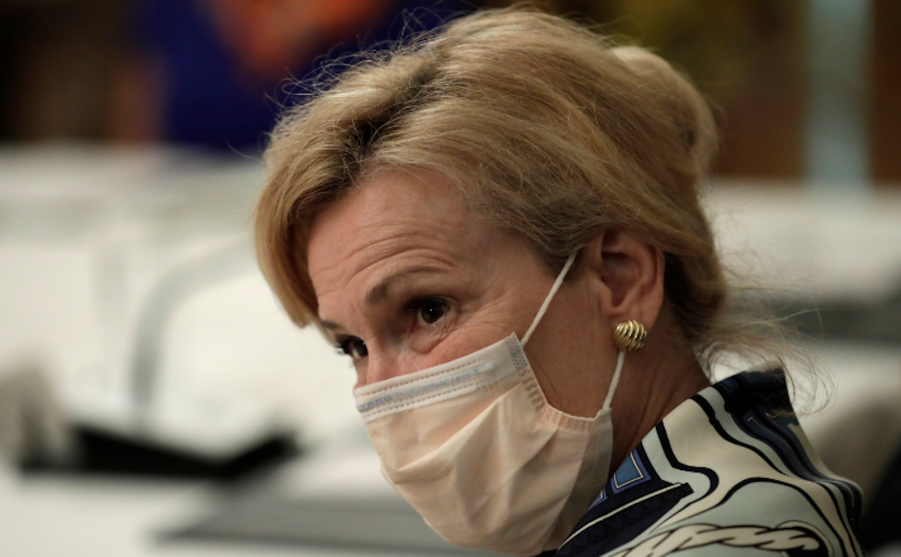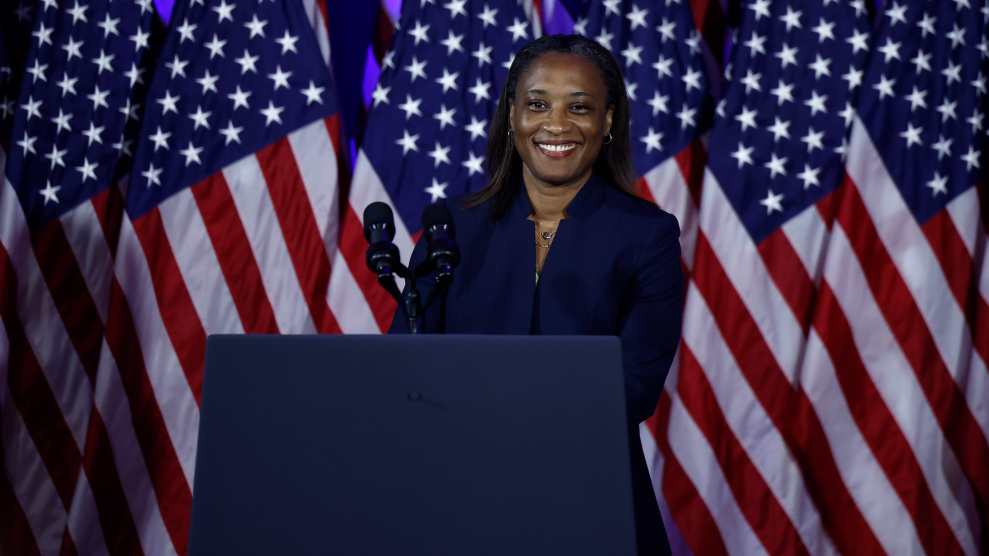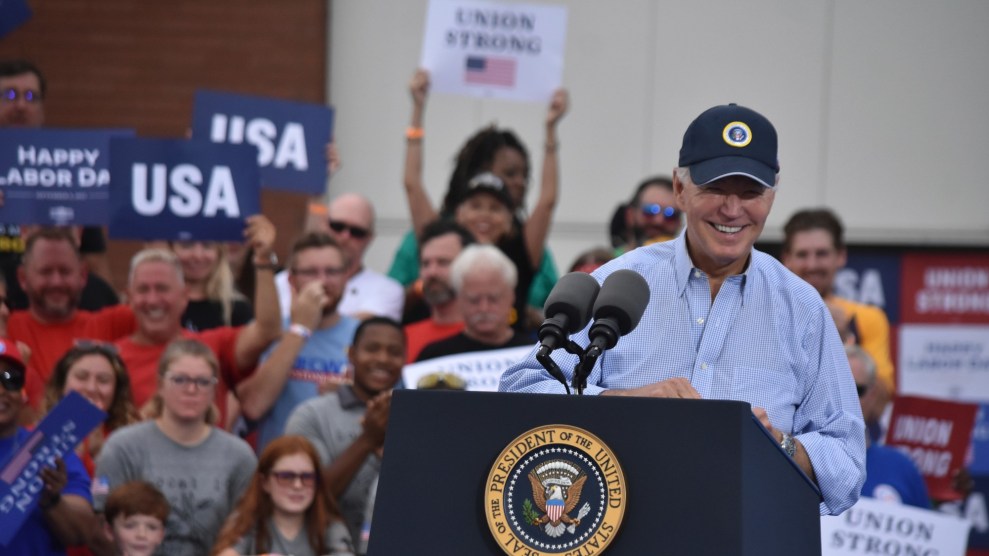
President Donald Trump listens as Dr. Deborah Birx speaks about the coronavirus at the White House on April 22, 2020.Alex Brandon/AP
Donald Trump did not appreciate it when, in August, then-White House coronavirus task force coordinator Dr. Deborah Birx told reporters that rural America was not protected from the virus. “That got horrible pushback,” Birx told CNN as part of a documentary airing on the network on Sunday night. “That was a very difficult time because everybody in the White House was upset with that interview and the clarity I brought about the epidemic.”
In clips released prior to airing, Birx said she had a “very uncomfortable” conversation with Trump following the interview. “It was very direct and very difficult to hear.”
During her CNN interview, Birx also said she believes the US’s COVID-19 death toll, which is just about to reach 550,000, could have been avoided if the Trump administration had taken aggressive measures to encourage mask-wearing and restrictions on gatherings. “I look at it this way: The first time, we have an excuse. There were about 100,000 deaths that came from that original surge,” Birx says. “All of the rest of them, in my mind, could have been mitigated or decreased substantially.”
Birx’s most recent comments are just the latest in ongoing revelations regarding Trump’s adversarial relationship with his pandemic response team. Dr. Anthony Fauci, the director of the National Institute of Allergy and Infectious Diseases who served alongside Birx on Trump’s task force, said the former president had a “chilling” effect on scientists aiming to promote accurate information about COVID-19. “There was conflict at different levels with different people and different organizations and a lot of pressure being put on to do things that just are not compatible with the science,” Fauci said in January.
Birx, a global health expert who’d drawn widespread acclaim for her work on the HIV/AIDS epidemic in the ’80s and ’90s, had been tapped to help lead the Trump White House’s response to the pandemic in March 2020. She has drawn fierce criticism for not doing more to correct the former president’s baseless claims about the gravity of the pandemic or the severity of the disease. She sat on the sidelines, for example, when Trump suggested injecting disinfectant into the body as a plausible remedy for COVID-19. (Accidental poisonings resulting from Americans ingesting bleach and other household cleaners nearly doubled in the months after Trump’s comments.)
COVID-19 cases in the US have fallen precipitously since President Joe Biden took office in late January, from an all-time high of roughly 200,000 cases per day to the current 60,000 per day average. The shift is due in large part to the Biden administration’s aggressive manufacturing and rollout of coronavirus vaccines, which received emergency approval from the Food and Drug Administration beginning in late 2020.
Fauci’s more adversarial role against Trump’s positions was rewarded with a promotion when Biden took office: In addition to his NIAID role, Fauci now also serves as Biden’s chief medical adviser. Birx, meanwhile, was not offered a role in the new administration. She recently joined a Texas-based air purifier manufacturer as its chief scientific and medical officer. The company, ActivePure, claims its products eradicate COVID-19 from the air within minutes and surfaces within hours. Some devices marketed as using ActivePure Technology cannot be sold in California because they have not been certified to meet California emission standards for ozone, a molecule linked to increased rates of asthma. (According to the company, it has not submitted certain devices for California ozone certification because “the demand does not warrant the time and expense.”)*
*Correction: An earlier version of this article misstated why some of ActivePure’s products have not been sold in California.














